
Google released its first battery-powered Nest Cam in 2021, but using the camera solely on battery power tends to take away from the experience. With the addition of a solar panel, however, the Nest Cam gets not only a steady source of power, but also better overall functionality.
Wasserstein’s Nest Cam Solar Panel is easy to set up.
Wasserstein is a long-time Made for Google partner, offering up accessories for the Nest lineup that are directly approved by Google to work with your camera, doorbell, and other devices. Last year, we also took a look at Wassterstein’s more affordable floodlight offering for the Nest Cam.
This solar panel for the Nest Cam (battery) works in similar fashion, using Google’s special connector to provide power to the otherwise battery-powered camera.
This review has been updated to include details on the Wasserstein Premium Solar Panel for Nest Cam, as well as one of the brand’s mounting options.
The idea here is simple. Because the battery inside of the Nest Cam can provide enough power for operation, the solar panel can be used to top off that battery without worry of the camera losing power due to shade or a rainy day. The battery inside is what makes this product possible and is why you couldn’t use it with older Nest Cams.
Installation is, thankfully, a breeze. I bought Wasserstein’s solar panel for a Nest Cam that I keep in my backyard on a post to monitor our vegetable garden for pests and also for anything that might be ready to pick. The Nest Cam is mounted to a wooden post which left the perfect space open for mounting the solar panel – it takes just two included screws to lock the panel in place, a process that took all of a couple of minutes. The packaging also includes wall anchors and adhesive clips to route the cable.
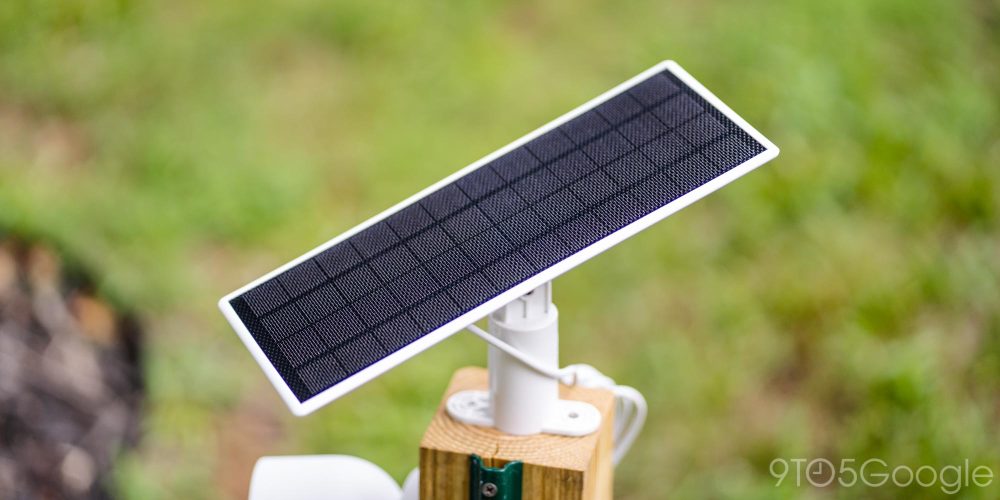
Once you have the panel mount in place, you can slide the solar panel itself on by following the arrows molded into the plastic. From there, you can adjust the orientation of the panel by 360° in parallel with the mount with plenty of motion back and forth on the opposite axis. Whether you’re mounting to the side of a house or the top of a post, it’s easy to position the panel for the best sunlight exposure.
The entire panel is made from plastic, but that’s a good call in my book. It feels durable, and two intense thunderstorms left the panel unharmed in my backyard. It just needed a quick wipe from the dirt that bounced onto the panel.
The built-in cable is 13 feet long, way overkill for my use cases, but certainly appreciated if you’re mounting on the side of a house. The only unfortunate bit is that the cable cannot be replaced. If an animal chews through the wire or a storm causes damage, the panel is left effectively worthless. It also means you can’t shorten the cable, which leads to some ridiculous looks like how my Nest Cam currently sits on my fence pole.
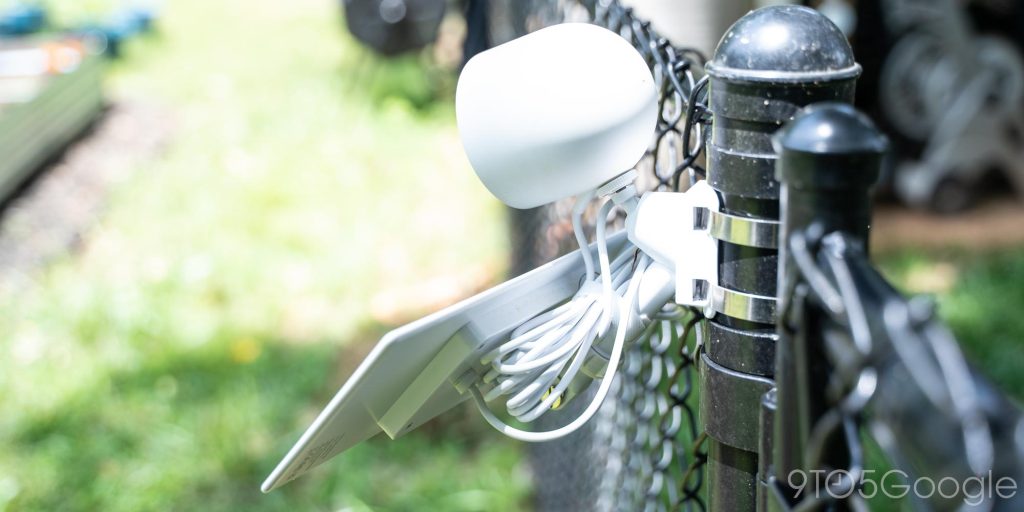
How fast does it actually charge?
At the time of writing, I’ve only been using the 2.5W Wasserstein Solar Panel with my Nest Cam (battery) for around four full days. In that time, the camera has been running with minimal motion to detect but also less-than-ideal conditions for charging, with several major thunderstorms coming through the area.
Despite that, the camera has charged from under 20% to around 70% in that time, all while still recording, staying connected to my network, and getting around 6-8 hours of direct sunlight daily.

There’s also a 3.5W version of the Wasserstein Solar Panel that, honestly, doesn’t make a huge difference. The Nest Cam still won’t act like it’s plugged into a constant source of power, but I did notice a considerable increase to charging times. With the panel getting about 3 days of sunlight, the battery shot up from around 35% up to a full charge. That won’t necessarily hold all of the time, though. After a cloudy weekend, I saw the total hit 70%, but I still consider that pretty great given the new position of the panel only gets about 4-6 hours of direct sun per day.
I think for most applications the 2.5W panel will make the most sense, but the 3.5W panel will be worth the added cost if the position of the panel doesn’t get much direct sunlight, or if it’s a high-traffic area.
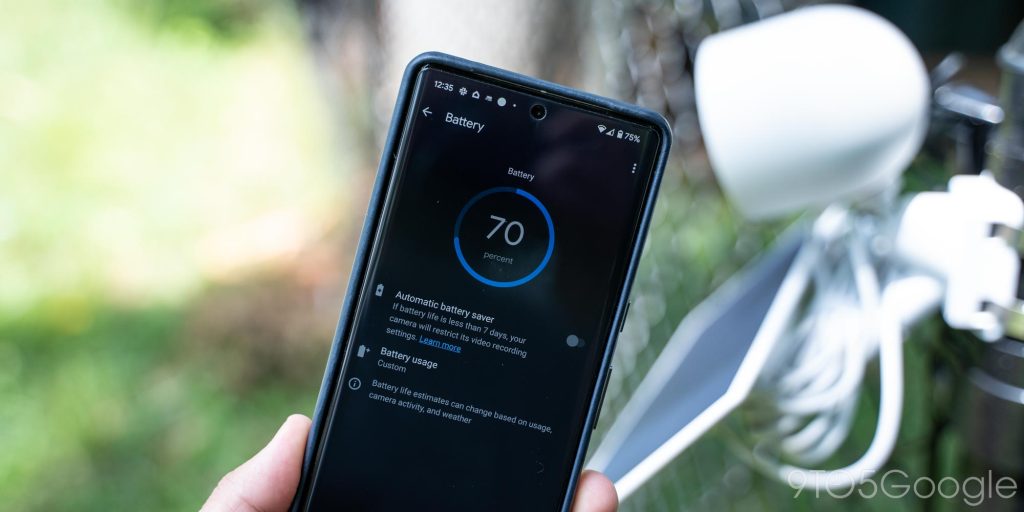
With a solar panel, you also get a better experience.
On top of the near-infinite boost to battery life, you also just get a better experience while using a solar panel with a Google Nest Cam.
There are two types of behavior with the Nest Cam. When plugged into a constant source of power – wall outlet or floodlight – it can run 24/7 with no breaks in recording or communication with the Google Home app. Then, when it’s left on a battery only, it goes into a “dormant” mode unless it detects motion. That means you can’t see anything beyond the recorded event and you need to “wake” the camera to view live footage.
With a solar panel, the experience meets a sort of middle ground. In the Google Home app, you’re immediately met with live footage from the camera, rather than needing to “wake” the camera. The camera is also more likely to hold its internet connection – I’ve found the connection to my garden camera, which is about 150ft from the nearest Wi-Fi point with a metal building in the way, is more stable since using the solar panel.
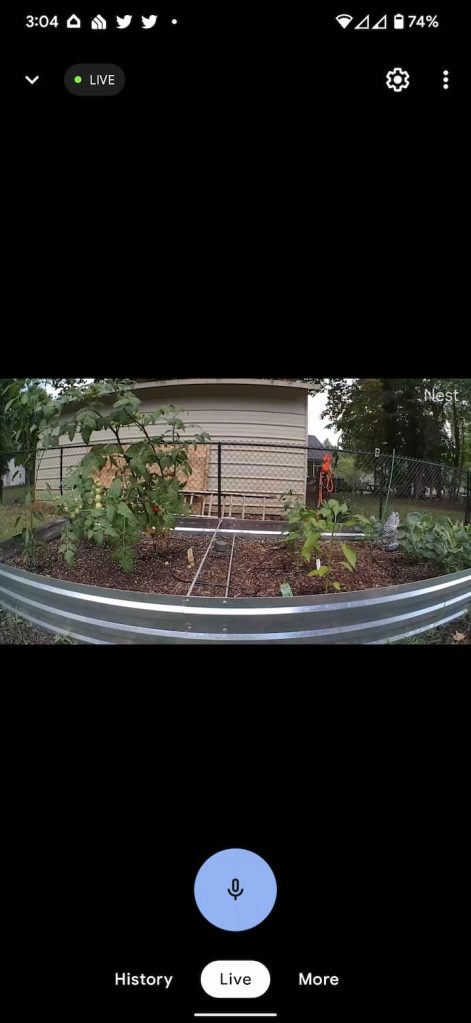
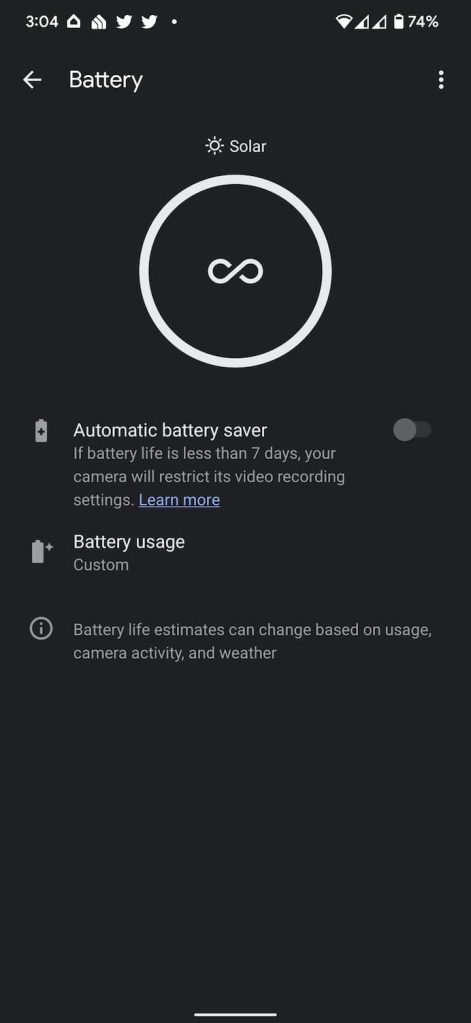
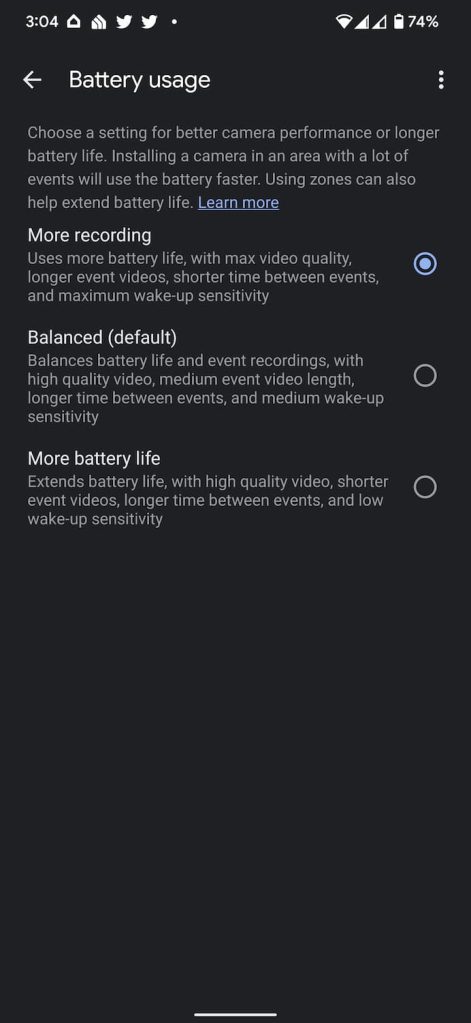
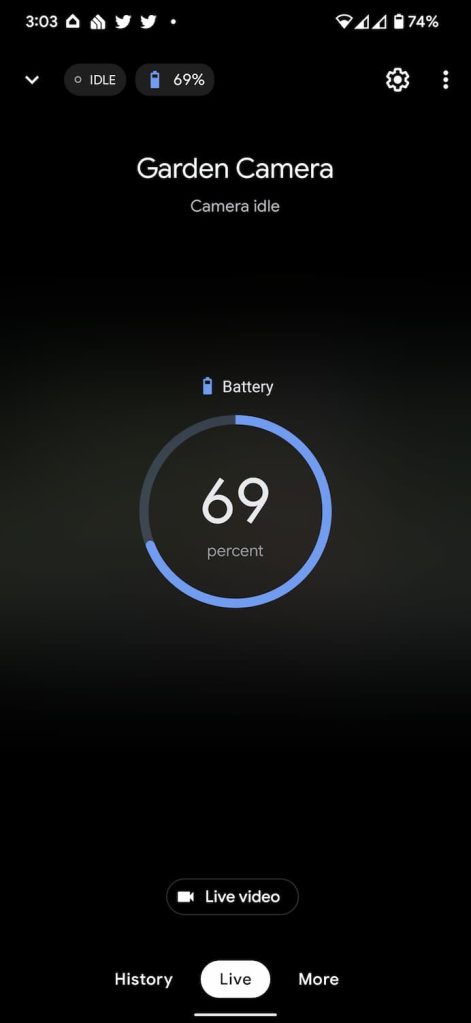
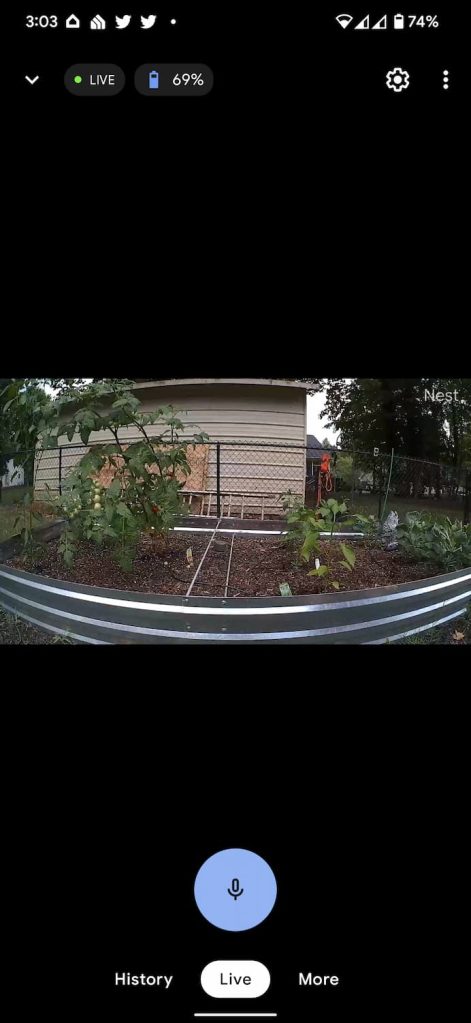
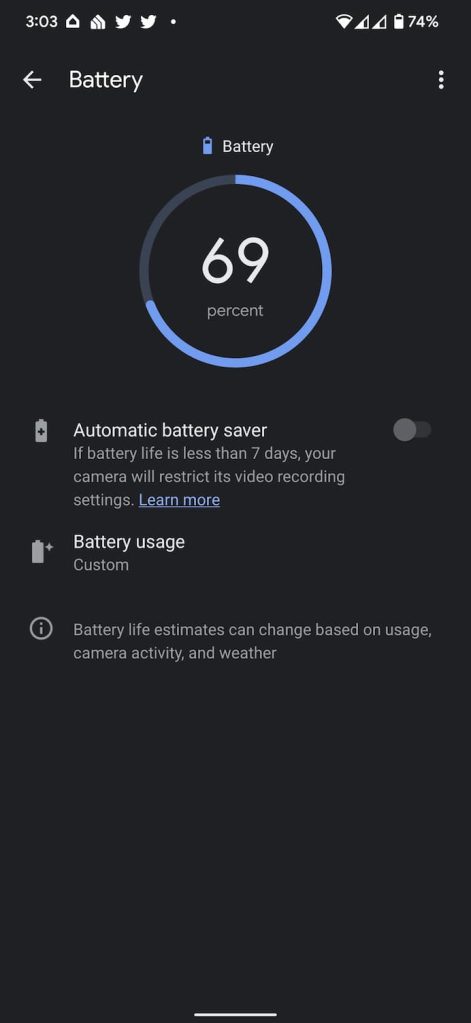
You still won’t get true 24/7 constant video recording, but it’s definitely a step up.
How to mount Nest Cam with a Solar Panel
Using a Nest Cam with a solar panel clearly provides a boost, but mounting is another story. The “default” way to do this is using each device’s provided mount. With the Nest Cam, that’s the flexible magnetic mount. With the solar panel, there’s an angle-adjustable mount. Both of those, though, require a flat surface to screw into. That’ll work great up against a house, but other scenarios might need some creativity.
For my garden last year, I ended up using the included mounts for both products on a wood stake, as pictured below. It works well enough, even if it isn’t particularly pretty.

Another option is a gutter mount from Wasserstein. This allows you to mount both the camera and the solar panel to the same piece of hardware and attach it to an existing home rain gutter. That’s a great setup if it works for you, as it means you’ll get plenty of direct sunlight and won’t have to drill any holes.

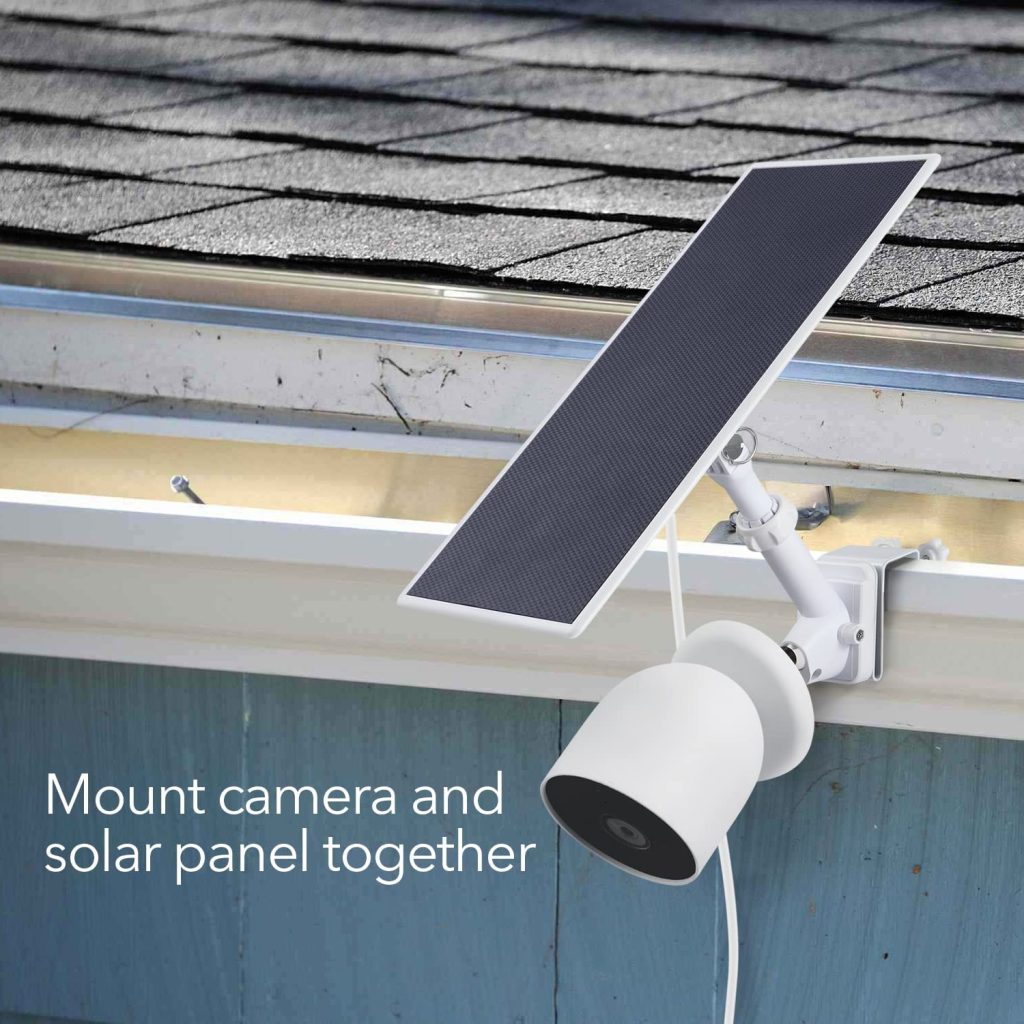
Alternatively, you could also mount to a pole. That’s something I opted to to in my backyard. I attached Wassterstein’s universal camera + solar panel mount to my fence pole. It doesn’t work perfectly, given the Nest Cam’s built-in screw mount isn’t ideally located, but it definitely gets the job done.
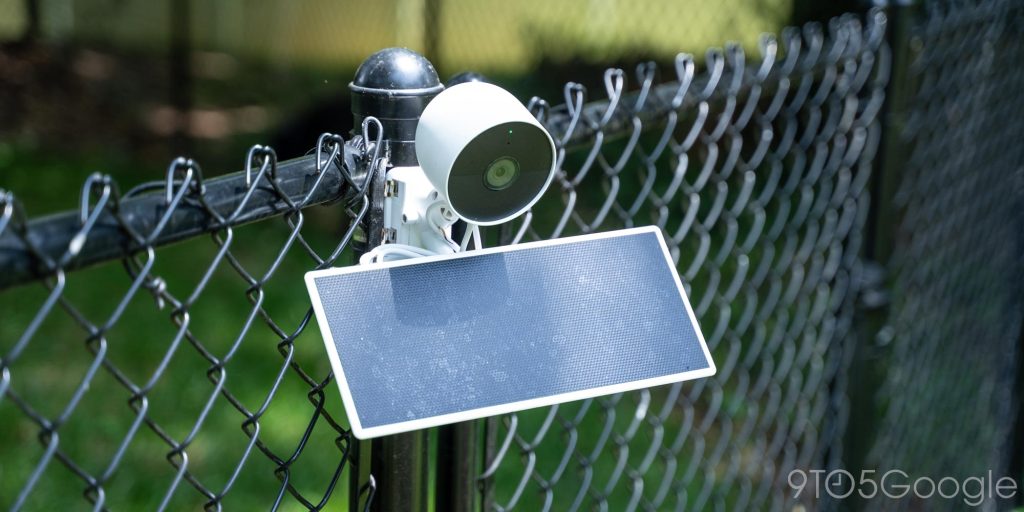
Where to buy a Nest Cam Solar Panel
If you’re interested in picking up a solar panel for your Nest Cam, pricing starts at $59.99 for the 2.5W version and jumps up to $79.99 for the 3.5W version. After several months using both panels, I’ve been very pleased across the board.
- 2.5W Solar Panel at Wasserstein Store
- 2.5W Solar Panel at Google Store
- 2.5W Solar Panel at Amazon
- 3.5W Solar Panel at Wasserstein Store
- 3.5W Solar Panel at Amazon
- Gutter mount
- Pole mount
More on Google Nest:
- Nest Cam Review: Google’s versatile battery & floodlight design is held back by its app
- Google Home app will fully support legacy Nest Cam starting in July
- Google and ADT launch new ‘DIY’ security system with sensors, keypad, Nest integration
FTC: We use income earning auto affiliate links. More.





Comments